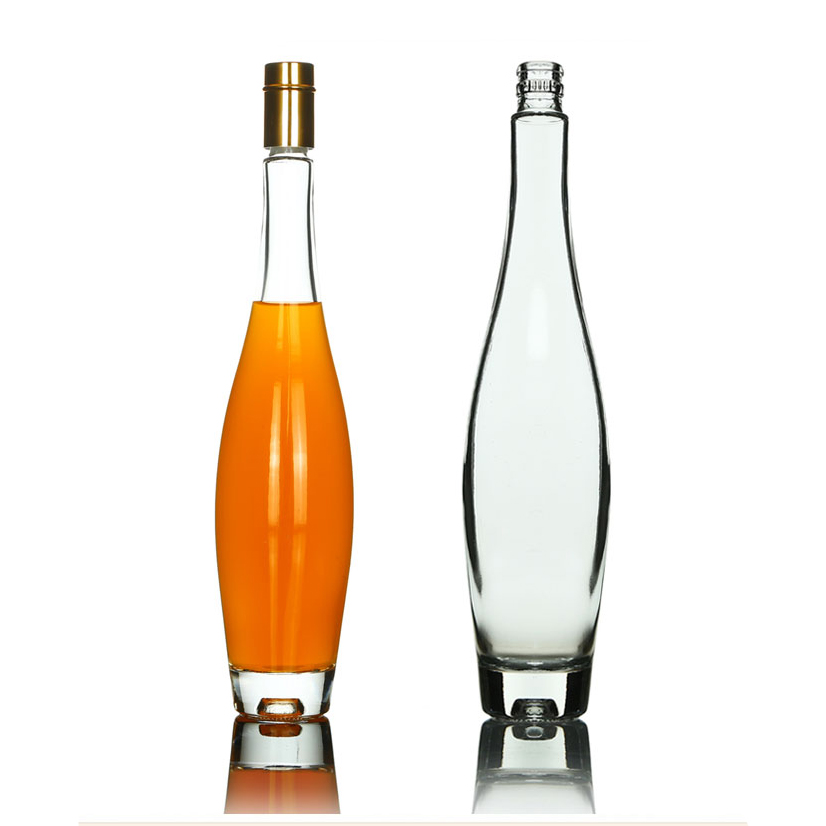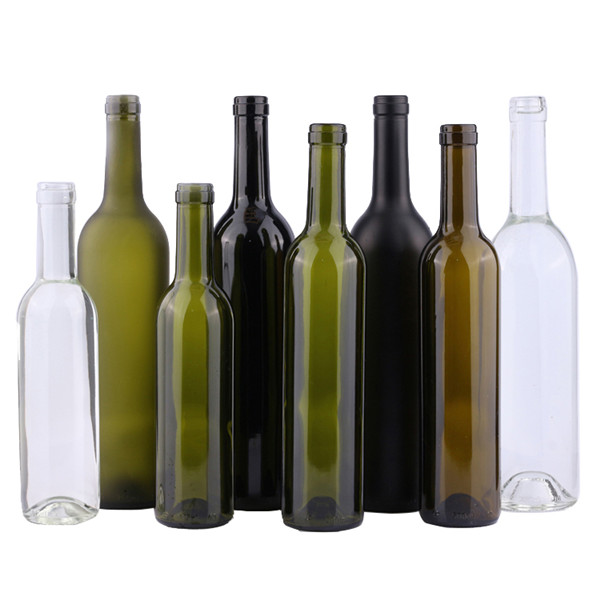For glass bottle manufacturers, customer complaints about product quality can lead to significant losses for both parties. These issues often stem from inadequate quality control during production. Below is a detailed discussion of key quality control measures to ensure the production of high-quality glass bottles.
1. Mold Inspection
For professional glass bottle production, manufacturers often use molds provided by customers or create new molds based on customer drawings. Key dimensions of the molds that affect the final product must be carefully reviewed.
- Customer Collaboration: Communicate and negotiate with customers about critical dimensions during mold creation. Reach an agreement on any necessary modifications.
- Inspection: All molds should undergo thorough inspection before use, ensuring compliance with customer specifications or technical drawings. This step involves verifying dimensions and functionality to avoid issues during production.

2. First Item Inspection
When the first batch of bottles emerges from the annealing line, a detailed inspection of 2-3 bottles from each mold must be conducted. This ensures the molds are producing bottles that meet the required standards.
Key checks include:
- Dimensional Accuracy: Verify that all dimensions align with the drawings.
- Volume and Weight: Measure the capacity and weight of the bottle.
- Opening Measurements: Check the inner and outer diameters of the opening.
- Assembly Test: Test the bottle with the customer-provided cap to ensure a proper fit and leak resistance.
- Functional Tests: Conduct internal pressure, acid, and alkali resistance tests, and assess internal stress levels.
- Water Filling: If necessary, fill the bottle with water to check for leaks and seal integrity.
3. Process Inspection
To maintain consistent quality, routine inspections during production are critical. These should be conducted every two hours, with two bottles sampled from each mold for testing.
Key focus areas:
- Capacity and Weight: Reassess the capacity and material weight to detect deviations.
- Opening Inspection: Check the inner and outer diameters of the opening to ensure proper fit. Prevent contamination from lubricants, which can affect the seal and lead to leaks.
- Mold Change Monitoring: When a new mold is installed, the molding workshop must immediately notify the quality inspection team. The team should then conduct a first item inspection and follow-up process inspections on bottles produced with the new mold.
Conclusion
Effective inspection methods are crucial in the glass bottle manufacturing process to minimize quality issues and improve customer satisfaction. By implementing thorough mold inspections, first-item checks, and regular process inspections, manufacturers can significantly reduce defects, enhance product reliability, and strengthen customer trust.
Most of the glass bottle manufacturers in the product factory, will receive customers a variety of product quality problems, causing customer complaints, causing losses to both sides.
Reasons to blame: mainly in the production process, caused by improper quality control.Now on the production process quality control focus for some shallow discussion.
1.Test the mold
For the professional production of glass bottle manufacturers are mostly based on the mold provided by customers, or according to the drawings of the new bottle mold production,To the key dimensions of the die that will affect the forming,Communicate and negotiate with customers at the time of mold opening, and reach consensus on key size modification opinions.
All the molds in the factory must be the first die of the mold to form a complete set,Perform inspection according to drawing or customer requirement.
2. First item inspection
When the bottle first came out of the annealing line,The quality inspection monitor shall limit each molded product to 2-3 pieces,Check all aspects according to the drawing,The point is in addition to the above,Another volume measurement is required,Material weight measurement,The inside and outside diameters of the opening,Fill the bottle with water if necessary,Use the cover provided by the customer for physical assembly,Check whether the cover is in place,Whether is leaking,The acid and alkali resistance of internal pressure and internal stress were tested.
3. Process inspection
Without changing the mold,Every two hours,Two of each mold were drawn for capacity material weight test,In addition, the inside and outside diameters of the orifice should be tested,Prevent the mouth die from being easily smeared with oil in use,Lead to the lid is not strict and appear leakage of wine phenomenon.
It may be due to the mold in the manufacturing process,Put on a new mold,Therefore, after changing the mold, the molding workshop must inform the quality inspection workshop immediately,The quality control workshop must conduct the first piece inspection and process inspection for the bottles made with the new mold,Put an end to the quality problems caused by the missing inspection due to the change of mold.
Post time: Nov-25-2024
